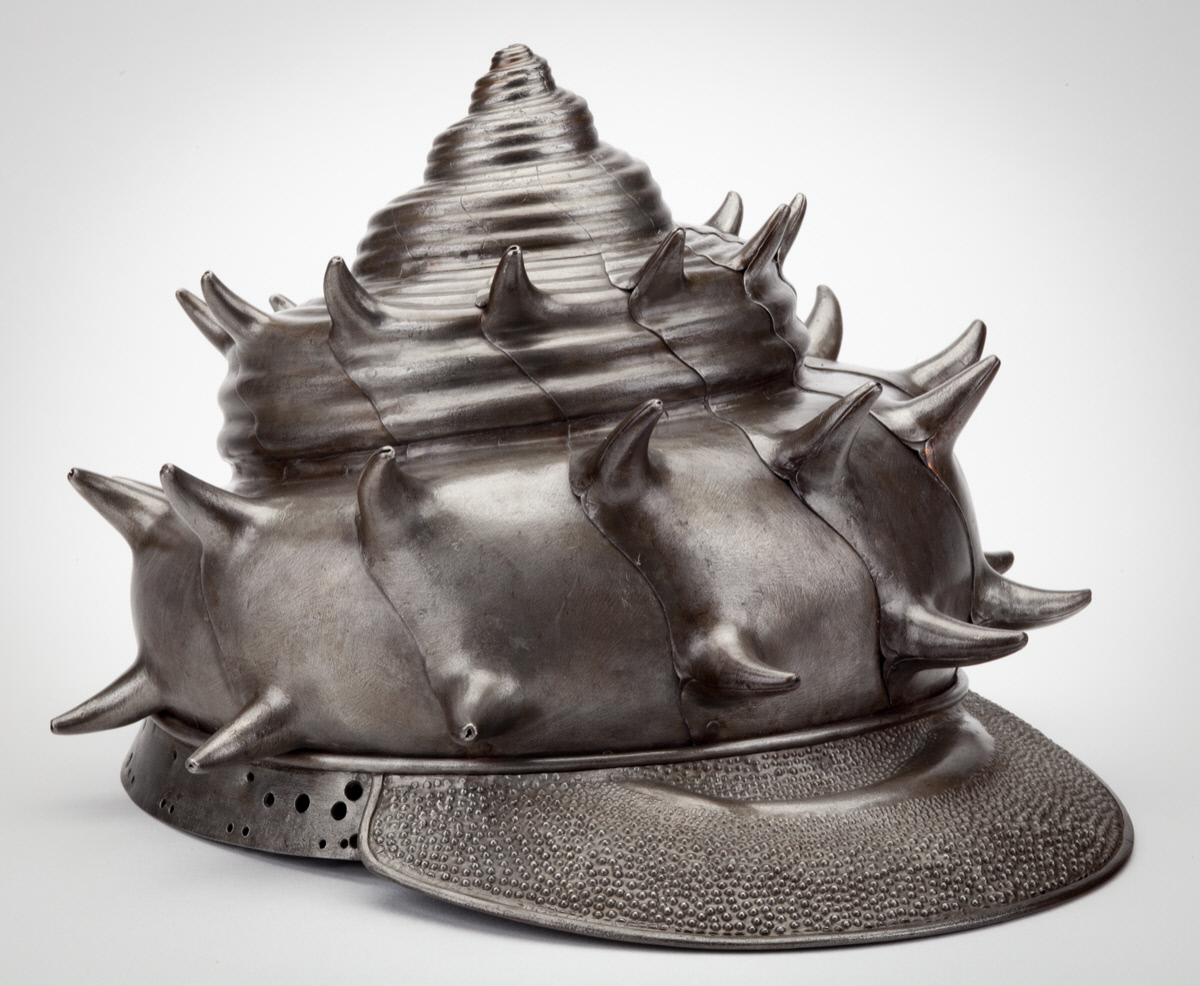1601
1604
1606
1607
1608
1609
1610
1611
1612
1614
1615
1618
A small portable book containing the Psalms and a portrait of Henry VIII. It was designed to be worn on the belt by the king's second wife, Anne Boleyn (?). London, British Library, Stowe MS 956 (c. 1540). Photo Credit: British Library @britishlibrary
1619
1620
Ancient Egyptian relief sculpture (painted limestone) of a porcupine. Detail of a wall fragment from the grave of Penhenuka at Saqqara, ca. 2500 BC. Now in the Neues Museum, Berlin. Photo credit: @OsamaSMAmin - Osama Shukir Muhammed Amin FRCP/Wikimedia Commons.
1621
1622
1623
1624
























